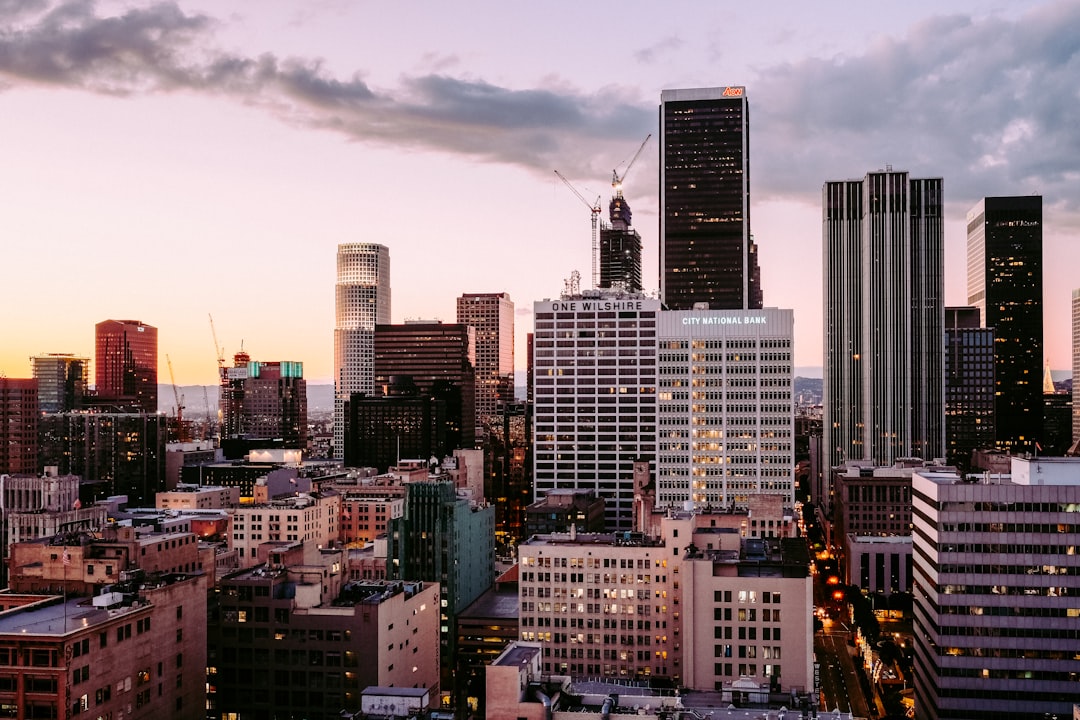What is it about?
Pacific Island cities are very exposed to natural hazards, and often lack the resources and planning process to adapt to climate change. This paper looks at the unplanned parts of two Pacific cities - Port Vila, Vanuatu and Honiara, Solomon Islands - to find out how informal communities are coping with climate impacts.
Featured Image

Photo by Alec Douglas on Unsplash
Why is it important?
The Pacific is often viewed as one of the 'front lines' of climate change, but its people have adapted to high levels of natural disaster exposure for thousands of years. International development projects often struggle to engage with these traditional forms of knowledge, particularly during disaster response. Even less is understood of the complex colonial histories of Pacific cities, with the rapid rates of urban growth and informality present in many Pacific Island Countries overlooked for more commonly perceived rural island settings. This paper provides some insight into the community-level approaches to natural disasters in these Pacific cities, which provide important context particularly for international development programs trying to assist Pacific Small Island Developing States in coping with climate-related disasters and climate change.
Read the Original
This page is a summary of: Leveraging endogenous climate resilience: urban adaptation in Pacific Small Island Developing States, Environment and Urbanization, December 2018, SAGE Publications,
DOI: 10.1177/0956247818816654.
You can read the full text:
Resources
Honiara Urban Resilience and Climate Action Plan
Output from the UN-Habitat Cities and Climate Change Initiative 'Planning for Climate Change' process, which informed the development of this paper.
Climate Change Vulnerability Assessment: Greater Port Vila
Climate change vulnerability assessment for Greater Port Vila, developed through the UN-Habitat Cities and Climate Change Initiative's 'Planning for Climate Change' process. This assessment process formed the basis of the participatory action planning undertaken in Port Vila, Vanuatu, reflected on in this paper.
Contributors
The following have contributed to this page










